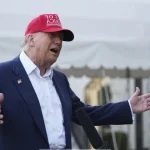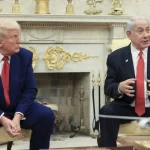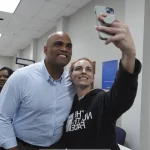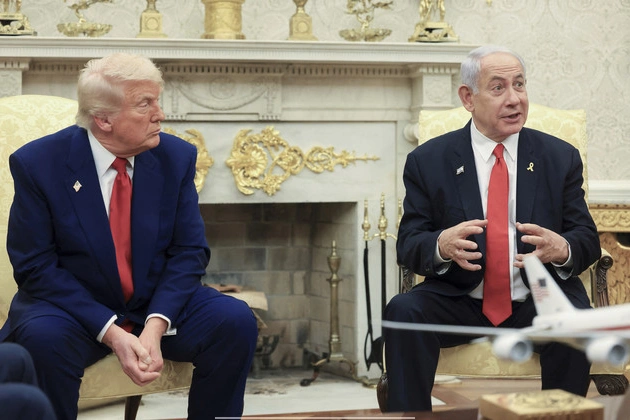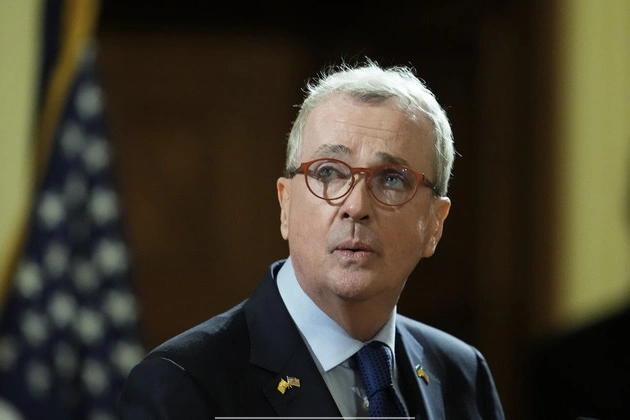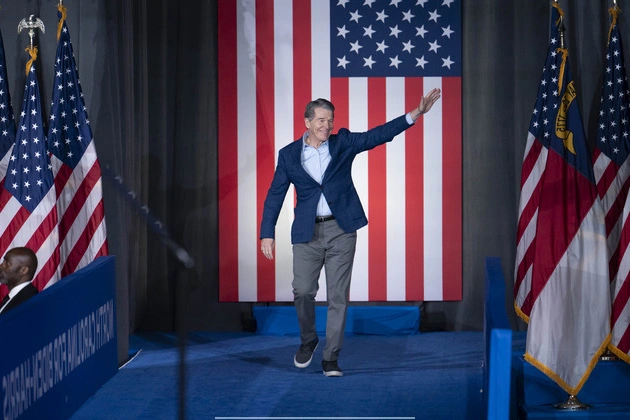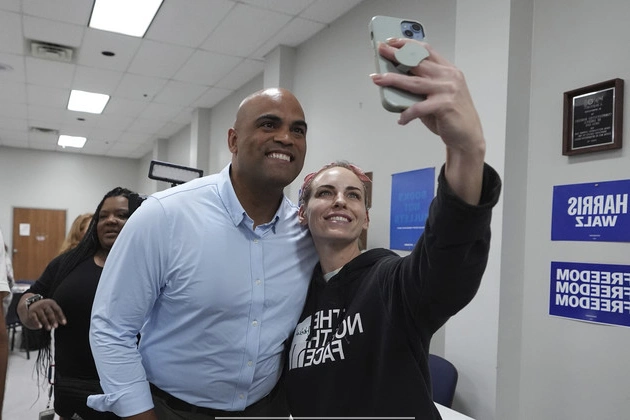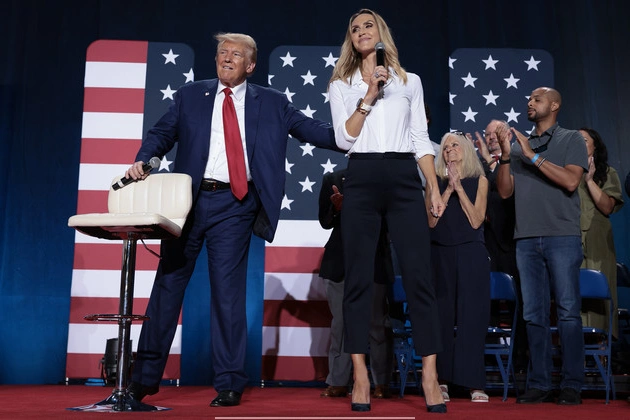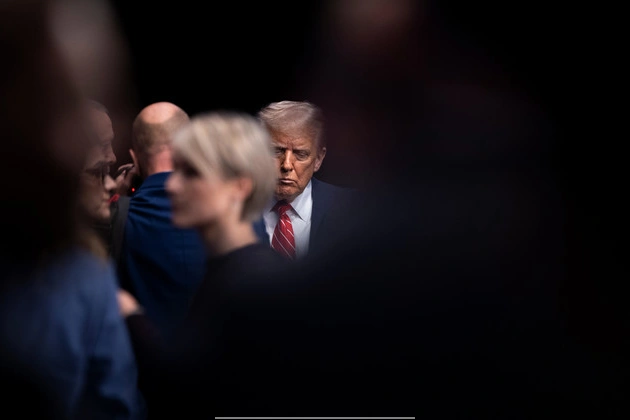
President Donald Trump’s trade talks transcend mere trade discussions to touch on tech regulation, defense spending, critical minerals, and even geopolitical matters. The imposition of broad tariffs on nearly all nations in April marked a shift towards comprehensive diplomatic negotiations. In closed-door meetings, Trump’s key aides have urged foreign governments to boost their military budgets, revamp tax systems, and reject domestic laws that could harm American businesses. The president has gone as far as leveraging U.S.-brokered ceasefires, like the one between Israel and Iran, to incentivize other nations to increase their purchases of American products.
The Strategy Behind Tariffs
Trump’s tariff strategy serves a dual purpose: protecting domestic industries and enhancing U.S. revenues while extracting concessions on various unrelated issues. Former Trump advisor Steve Cortes emphasized the link between market access and policy alignment, advocating for additional tariffs tied to foreign policy objectives.
Countries faced with Trump’s demands must weigh the costs and benefits of compliance. Trump’s decision to halt trade talks with Canada due to a digital services tax targeting American tech firms underscores his commitment to leveraging tariffs for strategic gains.
Global Implications and Economic Uncertainty
The multifaceted nature of these negotiations has created challenges for foreign leaders striving to align with the U.S. before Trump’s trade deal deadline. The uncertainty surrounding the talks poses risks to the global economy, complicates business planning, strains alliances, and pushes nations towards alternative economic partners.
One Asian official labeled Trump’s approach as unprecedented and questionable, citing instances of the U.S. raising antitrust concerns with South Korea and export controls with China during trade discussions.
Trump’s Unconventional Tactics
White House aides defend the administration’s broad negotiation strategy as necessary to address systemic imbalances in trade, defense, and national security. They argue that isolating trade from other issues is unrealistic given the interconnected nature of global affairs.
Trump’s willingness to impose tariffs on Spain for insufficient defense spending and pressure Japan and South Korea on military budgets highlights his unconventional methods. He links trade negotiations to diverse demands, from missile defense investments to regulatory reforms, aiming to assert U.S. interests in various policy realms.
Challenges and Criticisms
Despite Trump’s assertive stance, foreign leaders remain skeptical about the effectiveness of his tariff-centric approach. The reluctance of countries to comply fully with U.S. demands has stalled progress on comprehensive trade agreements, leaving many frustrated with what they perceive as one-sided expectations.
The European Union, in particular, has expressed concerns over the terms proposed by the U.S., warning of potential backlash from domestic audiences if agreements appear unfavorable. The EU’s reluctance to mirror the UK’s trade framework underscores the difficulties in reaching mutually beneficial deals.
Future Prospects and Policy Continuity
Former officials from the Trump administration believe that the current approach to tariffs and negotiations is unlikely to change significantly. The administration views tariffs as a crucial leverage tool in shaping international relationships and addressing trade imbalances. While criticisms persist, Trump shows no signs of wavering on his trade tactics.
As countries navigate the complex landscape of trade talks with the U.S., the need for balanced agreements that resonate with diverse stakeholders becomes increasingly evident. Trump’s unyielding stance on tariffs poses challenges for crafting sustainable trade partnerships, necessitating careful navigation of economic and geopolitical interests.
